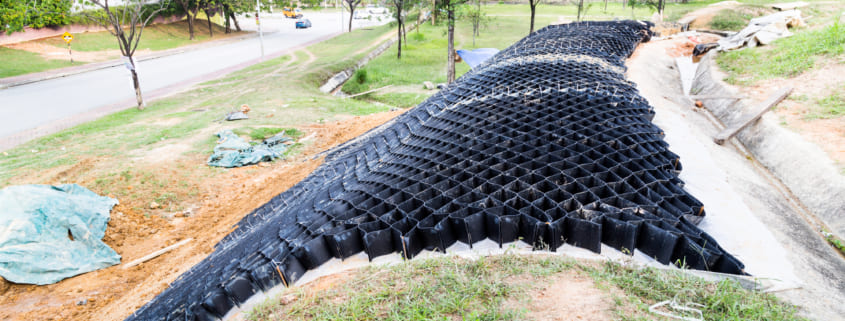Choosing the right tennis racquet can be a game-changer for players at any level. Whether you’re a complete beginner learning to rally or a seasoned competitor aiming to elevate your performance, the racquet in your hand directly affects your power, control, comfort, and spin. With hundreds of models on the market, it can feel overwhelming to know where to start. Fortunately, by focusing on a few key factors, you can confidently narrow down your options and find a racquet that complements your game.
Let’s dive into six essential tips that will guide you in choosing the perfect tennis racquet for your needs.
1. Consider Your Skill Level & Play Style
The very first step in selecting a tennis racquet is evaluating your current skill level and the style of game you enjoy playing. Are you a beginner just learning the ropes, or an intermediate player working on consistency? Maybe you’re an advanced player looking to fine-tune control and spin.
Beginners often benefit from racquets with larger head sizes, lighter frames, and more power assistance. These features help build confidence by increasing forgiveness on off-center hits. For a more detailed guide tailored to new players, check out this in-depth article on the best tennis racket for beginners.
If you’re a baseline player who loves powerful groundstrokes, a racquet with a heavier head and open string pattern may be ideal. Net rushers and all-court players might prefer more maneuverable frames with better control for volleys and quick reactions.
2. Head Size — Forgiveness vs Precision
The racquet head size, measured in square inches, affects the size of the sweet spot and the level of forgiveness.
- Oversized racquets (100–110+ sq. in.) offer the largest sweet spot, giving beginners and recreational players more power and a greater margin for error.
- Midplus racquets (95–100 sq. in.) balance power and control, making them suitable for intermediate and advanced players.
- Midsize racquets (85–95 sq. in.) provide exceptional control and feel but are less forgiving on off-center hits.
The right head size depends on your ability to consistently hit the ball in the sweet spot and your desired balance between power and control.
3. Weight & Balance — Finding Your Sweet Spot
Racquet weight affects power, control, and arm comfort. Generally:
- Light racquets (9–10 oz) are easier to swing, perfect for beginners or those with less upper body strength.
- Medium-weight racquets (10–11 oz) strike a balance between control and power.
- Heavy racquets (11–13 oz) offer greater plow-through and control, ideal for advanced players.
In addition to weight, the balance of a racquet—whether it’s head-heavy, head-light, or evenly balanced—also matters.
- Head-heavy racquets generate more power and are useful for baseline play.
- Head-light racquets offer better maneuverability, making them a top pick for volleyers and serve-and-volley players.
- Evenly balanced racquets aim to provide the best of both worlds.
Test different combinations to find the right fit for your playing style and physical strength.
4. Grip Size — Don’t Overlook This Critical Detail
An often-overlooked factor in choosing a tennis racquet is the grip size. Using the wrong grip size can lead to poor performance, discomfort, or even injury like tennis elbow.
To find the correct grip size:
- Use the “index finger test”: Hold your racquet with a standard eastern grip. If you can insert your index finger in the space between your fingertips and palm, you likely have the right grip size.
- For those shopping online, measure from the bottom lateral crease of your palm to the tip of your ring finger. This gives a rough estimate in inches (usually 4–4 5/8 inches in the US grip size system).
Still unsure? Here’s a helpful guide on How to Choose a Tennis Racquet with Right Grip Size that walks you through grip measurements, signs of an improper fit, and comfort adjustments like overgrips.
Remember, a comfortable grip improves shot stability and reduces stress on your arm over time.
5. String Pattern & Tension — Fine-Tune Spin and Control
The string pattern plays a critical role in how your racquet performs. There are two main types:
- Open string pattern (16×19): Offers more spin and a softer feel, suitable for players who like to hit topspin-heavy shots.
- Dense string pattern (18×20): Enhances control and string durability, preferred by advanced players who prioritize precision.
String tension also matters. Higher tension offers more control, while lower tension provides more power. Beginners should start in the mid-range and experiment from there as they progress.
Don’t forget to restring your racquet every 2–3 months if you play regularly—even if the strings haven’t broken. Over time, they lose elasticity and responsiveness.
6. Demo Multiple Racquets Before Buying
This might be the most crucial tip: always demo before committing to a racquet. Each frame feels different when in your hands, even if specs seem identical on paper.
Most major retailers, pro shops, and even clubs allow demo programs where you can try several racquets over a few days. Use this opportunity to:
- Hit with different brands and models
- Pay attention to comfort, stability, and response
- Match specs to your performance goals
It’s also wise to set a budget beforehand and filter demo choices accordingly. Avoid buying based purely on hype or what professionals use—your racquet should suit your game.
Final Words
Choosing the right tennis racquet isn’t just about specs—it’s about how the racquet feels in your hand, how it responds to your swing, and how it supports your goals on the court. By taking time to understand your playing style, physical needs, and comfort preferences, you can find a racquet that feels like an extension of your arm.
Don’t rush the decision. Test different options, seek expert advice, and stay focused on what enhances your game—not what looks flashy or expensive. Whether you’re just starting or leveling up, a properly chosen racquet is one of the best investments you can make.
FAQs
What head size is best for beginners?
Oversized racquets (100–110+ sq. in.) offer more forgiveness and power, making them ideal for beginners.
How can I measure my grip size at home?
Use a ruler to measure from your palm’s bottom crease to the tip of your ring finger. Match that number in inches to grip sizes (e.g., 4 3/8″).
Can I change grip size later?
Yes. You can add overgrips to slightly increase grip size. Decreasing grip size is harder and may require a replacement handle.
How often should I restring my racquet?
Every 2–3 months if you play frequently. Strings lose tension and responsiveness over time, even if unbroken.
Are expensive racquets always better?
Not necessarily. The best racquet is one that suits your skill, body, and playing goals—not your budget or brand hype.




